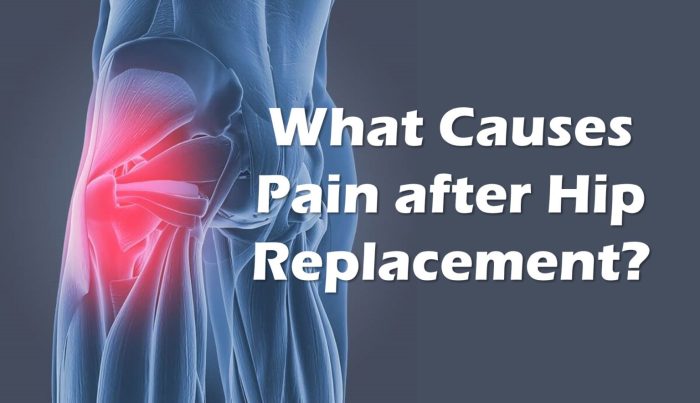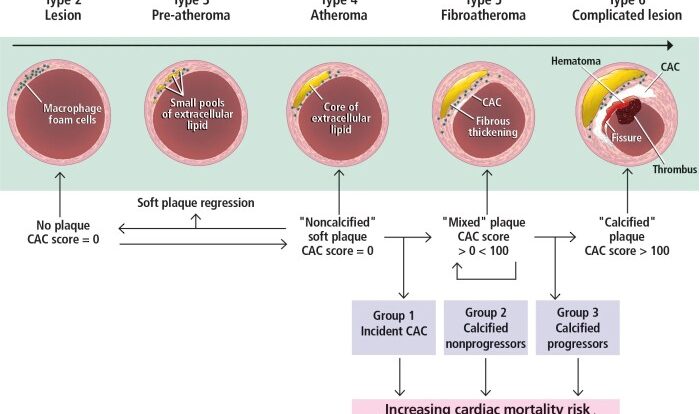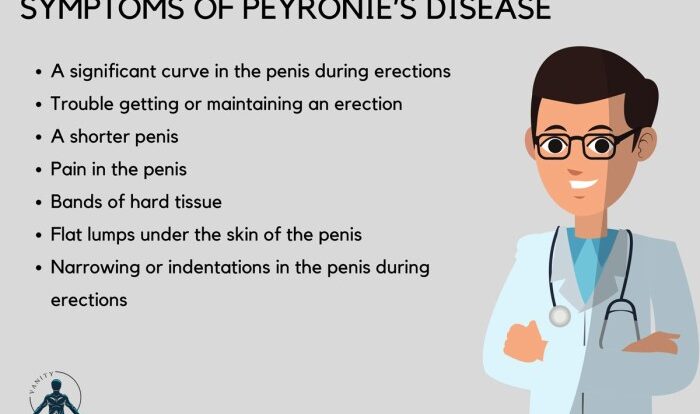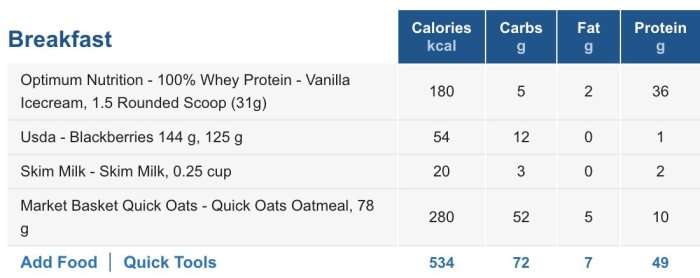How to reduce swelling in leg after hip replacement – After undergoing hip replacement surgery, swelling in the affected leg is a common occurrence. While it is a natural part of the healing process, excessive swelling can cause discomfort and hinder recovery. This comprehensive guide delves into effective strategies to reduce swelling and promote a smoother recovery.
Understanding the causes and mechanisms behind swelling is crucial. During surgery, tissues are manipulated and damaged, leading to inflammation and fluid accumulation. This fluid can pool in the leg, causing swelling. By implementing the following measures, you can effectively reduce swelling and expedite your recovery.
Elevation
Keeping your affected leg elevated is crucial for reducing swelling after hip replacement surgery. Elevating the leg promotes fluid drainage from the surgical site, thereby reducing pressure and swelling.
To elevate your leg effectively, follow these steps:
- Use pillows or a leg elevation wedge to prop up your leg.
- Elevate your leg above the level of your heart.
- Maintain elevation as much as possible, even when resting or sleeping.
Tips for Maintaining Elevation
Maintaining elevation throughout the day can be challenging. Here are some tips to help you:
- Use a recliner or adjustable bed to keep your leg elevated while resting or sleeping.
- Carry a portable leg elevation device when you’re out and about.
- Take breaks from sitting or standing to elevate your leg for short periods.
- Avoid crossing your legs or putting pressure on the affected leg.
Compression

Compression stockings are specially designed garments that apply gentle pressure to the legs, helping to reduce swelling and improve circulation. They are commonly used after hip replacement surgery to prevent blood clots and promote healing.When choosing compression stockings, it’s important to select the right size and type.
The stockings should fit snugly without being too tight or loose. They should also extend from the toes to just below the knee. Different types of compression stockings provide varying levels of pressure, so it’s essential to consult with a healthcare professional to determine the appropriate level for your needs.Wearing
and caring for compression stockings is crucial to ensure their effectiveness. Put on the stockings first thing in the morning and remove them before going to bed. Wash the stockings daily in cold water and avoid using bleach or fabric softeners.
Ice Therapy

Ice therapy can be a simple yet effective way to reduce swelling after hip replacement surgery. Applying ice to the affected area can help constrict blood vessels, reducing blood flow and swelling. It can also help numb the area, reducing pain and discomfort.
Reducing swelling after hip replacement involves elevating the leg, applying ice, and taking anti-inflammatories. If you suspect you may have experienced a seizure during sleep, it’s recommended to take the did I have a seizure in my sleep quiz . Afterward, continue with swelling reduction measures.
Restricting activity and maintaining a healthy diet can also aid in recovery.
Creating and Applying Ice Packs
To create an ice pack, fill a plastic bag or ice pack with ice cubes or crushed ice. Wrap the ice pack in a towel to protect your skin from the cold. Apply the ice pack to the swollen area for 15-20 minutes at a time, several times a day.
Duration and Frequency of Ice Therapy
The duration and frequency of ice therapy will vary depending on the individual. It is generally recommended to apply ice for 15-20 minutes at a time, several times a day. However, it is important to listen to your body and stop if you experience any discomfort.
Exercise
Exercise is crucial for reducing swelling after hip replacement surgery. Gentle exercises can improve circulation, reduce fluid buildup, and strengthen the muscles around the hip joint.
One way to reduce swelling in your leg after a hip replacement is to elevate it. You can do this by propping it up on pillows or using a leg elevation pillow. If you’re wondering whether you had a seizure in your sleep, there’s a quiz you can take to find out.
Did I Have a Seizure in My Sleep Quiz Another way to reduce swelling is to apply ice to your leg. You can do this by wrapping an ice pack in a towel and applying it to your leg for 20 minutes at a time, several times a day.
Start with these simple exercises and gradually increase the intensity and duration as your pain and swelling subside.
Ankle Pumps
- Lie on your back with your legs extended.
- Bend your right foot up towards your shin, then slowly lower it back down.
- Repeat 10-15 times, then switch legs.
Calf Raises, How to reduce swelling in leg after hip replacement
- Stand with your feet flat on the floor, hip-width apart.
- Slowly raise up onto your toes, then lower back down.
- Repeat 10-15 times.
Knee Bends
- Stand with your feet shoulder-width apart.
- Bend your knees and lower your body down until your thighs are parallel to the floor.
- Hold for a few seconds, then slowly stand back up.
- Repeat 10-15 times.
Massage
Massage can be an effective way to reduce swelling after hip replacement surgery. It helps to improve circulation and lymphatic drainage, which can help to reduce fluid buildup. Massage can also help to relax muscles and relieve pain.There are a few different ways to perform self-massage.
One simple technique is to use your hands to gently massage the area around your hip joint in a circular motion. You can also use a foam roller or a massage ball to apply pressure to the area.If you are using massage oils or creams, be sure to choose products that are designed for sensitive skin.
Avoid using products that contain harsh chemicals or fragrances.
Medications
Medications can be effective in reducing swelling after hip replacement. They work by reducing inflammation, which is the body’s natural response to injury. There are several types of medications that can be used for this purpose, including nonsteroidal anti-inflammatory drugs (NSAIDs), corticosteroids, and diuretics.
To reduce swelling in your leg after hip replacement, elevate it and apply ice packs. While you’re recovering, you may wonder if you can be an egg donor if you smoke . The answer is generally no, as smoking can affect the quality of your eggs.
Continue elevating your leg and icing it regularly to promote healing.
Nonsteroidal Anti-Inflammatory Drugs (NSAIDs)
NSAIDs are a class of medications that are commonly used to reduce pain and inflammation. They work by inhibiting the production of prostaglandins, which are chemicals that cause inflammation. NSAIDs can be taken orally or applied topically. Some common NSAIDs include ibuprofen, naproxen, and celecoxib.
Corticosteroids
Corticosteroids are a class of medications that are used to reduce inflammation. They work by suppressing the immune system. Corticosteroids can be taken orally or injected into the affected area. Some common corticosteroids include prednisone, methylprednisolone, and dexamethasone.
Diuretics
Diuretics are a class of medications that are used to increase the production of urine. This can help to reduce swelling by removing excess fluid from the body. Diuretics can be taken orally or injected. Some common diuretics include furosemide, hydrochlorothiazide, and spironolactone.The
dosage and potential side effects of these medications vary depending on the type of medication and the individual patient. It is important to talk to your doctor about the best medication for you and to follow the dosing instructions carefully.
Diet: How To Reduce Swelling In Leg After Hip Replacement
Following a balanced diet can contribute to reducing swelling after hip replacement surgery. Certain dietary choices can help manage fluid retention and inflammation, thereby aiding in the recovery process.
Here are some key points to consider regarding diet:
Foods to Avoid
- High-sodium foods:Excess sodium intake can lead to fluid retention, exacerbating swelling. Limit processed foods, canned goods, and salty snacks.
- Sugary drinks:Sugary beverages can promote inflammation and water retention. Opt for water or unsweetened beverages instead.
- Alcohol:Alcohol can dehydrate the body and hinder the healing process. Avoid or limit alcohol consumption.
Foods to Include
- Potassium-rich foods:Potassium helps balance fluid levels in the body. Include bananas, avocados, and leafy greens in your diet.
- Anti-inflammatory foods:Foods rich in antioxidants and omega-3 fatty acids have anti-inflammatory properties. Consider incorporating berries, fatty fish, and nuts into your meals.
- Fiber-rich foods:Fiber aids in digestion and prevents constipation, which can contribute to swelling. Include whole grains, fruits, and vegetables in your diet.
Fluid Intake Management
Staying adequately hydrated is crucial. However, excessive fluid intake can worsen swelling. Aim to drink 8-10 glasses of water per day, but avoid overhydration.
By adhering to these dietary recommendations, you can support your body’s natural healing process and minimize swelling after hip replacement surgery.
Lifestyle Modifications

Lifestyle changes play a crucial role in reducing swelling after hip replacement. Here’s how you can adjust your lifestyle to promote healing:
Maintain a Healthy Weight
Obesity can worsen swelling by putting extra pressure on the affected joint. Maintaining a healthy weight can reduce this pressure, improving circulation and lymphatic drainage. Consult with a healthcare professional to determine your ideal weight range.
Reduce Stress and Improve Sleep
Stress and lack of sleep can trigger inflammation and fluid retention. Engaging in stress-reducing activities such as yoga, meditation, or spending time in nature can help regulate stress levels. Aim for 7-9 hours of quality sleep each night to allow your body to repair and recover.
When to Seek Medical Attention
Monitoring swelling after hip replacement is crucial. While some swelling is normal, excessive or persistent swelling may indicate underlying issues that require medical attention.
Call your doctor or go to the emergency room immediately if you experience any of the following signs or symptoms:
Redness and Warmth
- Swelling that is red, warm to the touch, or painful.
- Fever or chills.
- Drainage from the incision site.
Severe Pain
- Intense pain that does not respond to pain medication.
- Pain that is accompanied by numbness or tingling.
Increased Swelling
- Swelling that is increasing in size or not improving with home treatment.
- Swelling that is accompanied by shortness of breath or chest pain.
Potential Complications
Untreated swelling can lead to serious complications, including:
- Infection
- Blood clots
- Damage to the joint or surrounding tissues
Seeking prompt medical attention is essential to prevent these complications and ensure a successful recovery from hip replacement surgery.
Closure
Managing swelling after hip replacement is essential for a comfortable and successful recovery. By following the Artikeld strategies, you can effectively reduce swelling, alleviate discomfort, and accelerate healing. Remember to consult with your healthcare provider for personalized guidance and to address any concerns promptly.
Query Resolution
How long does swelling typically last after hip replacement?
Swelling can persist for several weeks or even months after surgery, gradually subsiding as healing progresses.
Can I use heat therapy to reduce swelling?
No, heat therapy is not recommended as it can increase inflammation and worsen swelling.
Is it safe to exercise after hip replacement?
Yes, gentle exercises prescribed by your physical therapist can help improve circulation and reduce swelling.





